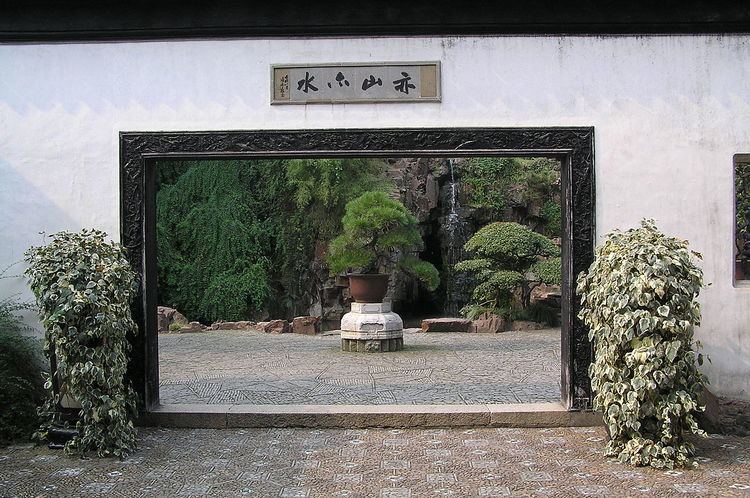Province Jiangsu | Phone +86 512 6531 3484 | |
 | ||
Similar Humble Administrator's Garden, Lingering Garden, Lion Grove Garden, Hanshan Temple, Tiger Hill Pagoda | ||
Tiger hill suzhou prc china
Tiger Hill (Chinese: 虎丘; pinyin: Hŭqiū; Suzhou Wu: Hou chieu, [hou tɕʰʏ]) is a hill in Suzhou, in China. It is a popular tourist destination and is known for its natural beauty as well as historical sites. The hill is so named because it is said to look like a crouching tiger. Another legend states that a white tiger appeared on the hill to guard it following the burial of King Helü. The hill is sometimes referred to in parallel with "Lion Mountain", another hill near Suzhou which clearly resembles a sitting lion.
Contents
The hill has been a tourist destination for hundreds, if not thousands, of years, as is evident from the poetry and calligraphy carved into rocks on the hill.
Its features include:
History
According to the Historical Records, the Wu King Helu was buried on the hill, called then "the Hill Emerging from the Sea". The legend goes that three days after his burial a white tiger appeared squatting on the hill. Hence the name. It has an elevation of over 30 m. and covers about 49.41ac. Tiger Hill boasts impressive rocks, deep dales, 3 matchless scenes, 9 suitable occasions for enjoyment, 18 scenic spots, and changing scenery at all times. No wonder it has been an awe-inspiring sight in the area south of the Lower Yangtze. The Yunyan Temple Pagoda and the Sword Pool are well-known features of the hill. With a history going back more than 1,000 years, the simple, archaic and imposing Yunyan Temple Pagoda, also known as the Second Leaning Tower on earth, stands aloft at the top of the hill, serving as a symbol of ancient Suzhou for years, The Tomb of the Wu King Helu under the Sword Pool has remained an unsolved mystery for two and a half millennia. The story goes that the great Jin master Wang Xizhi traded his calligraphy for lovable geese from the Taoist Abbot. And the windy vale and cloudy spring make the visitor reluctant to leave.
